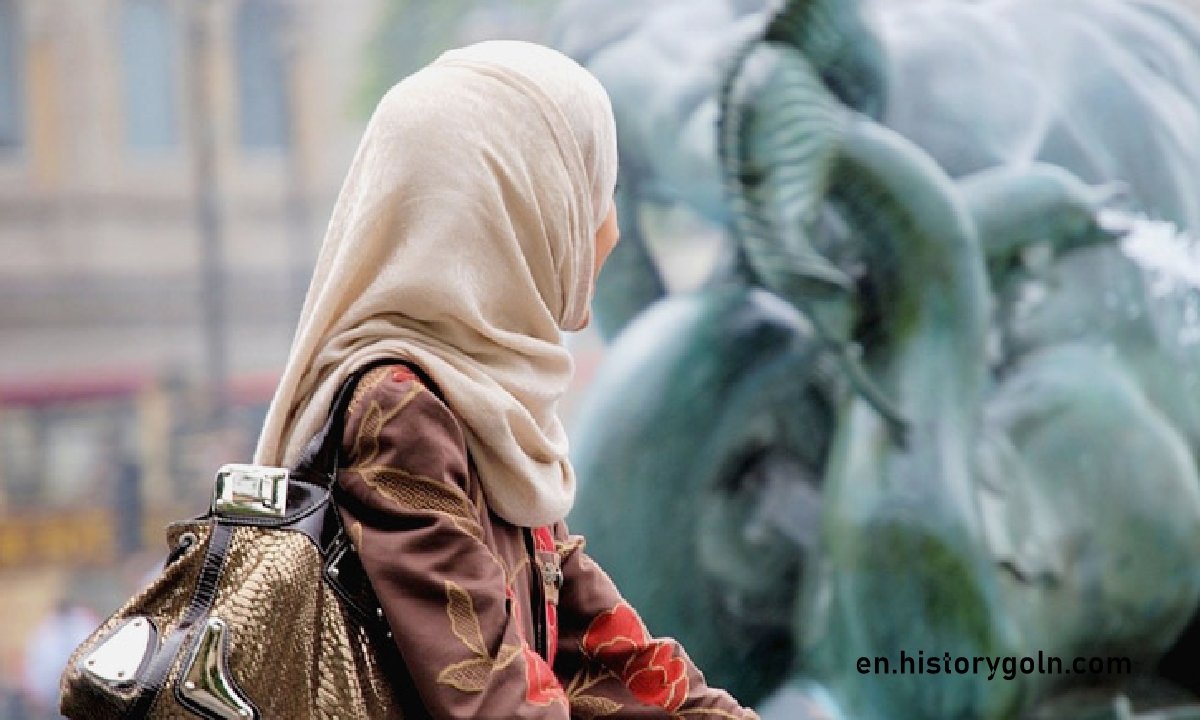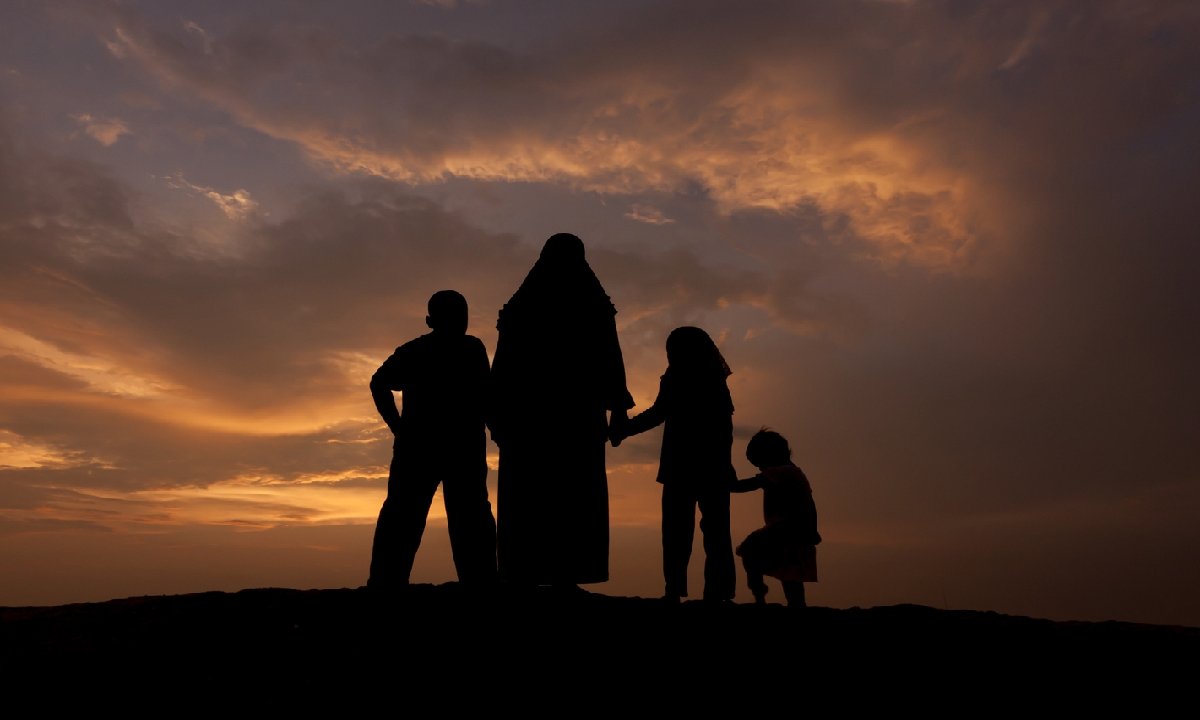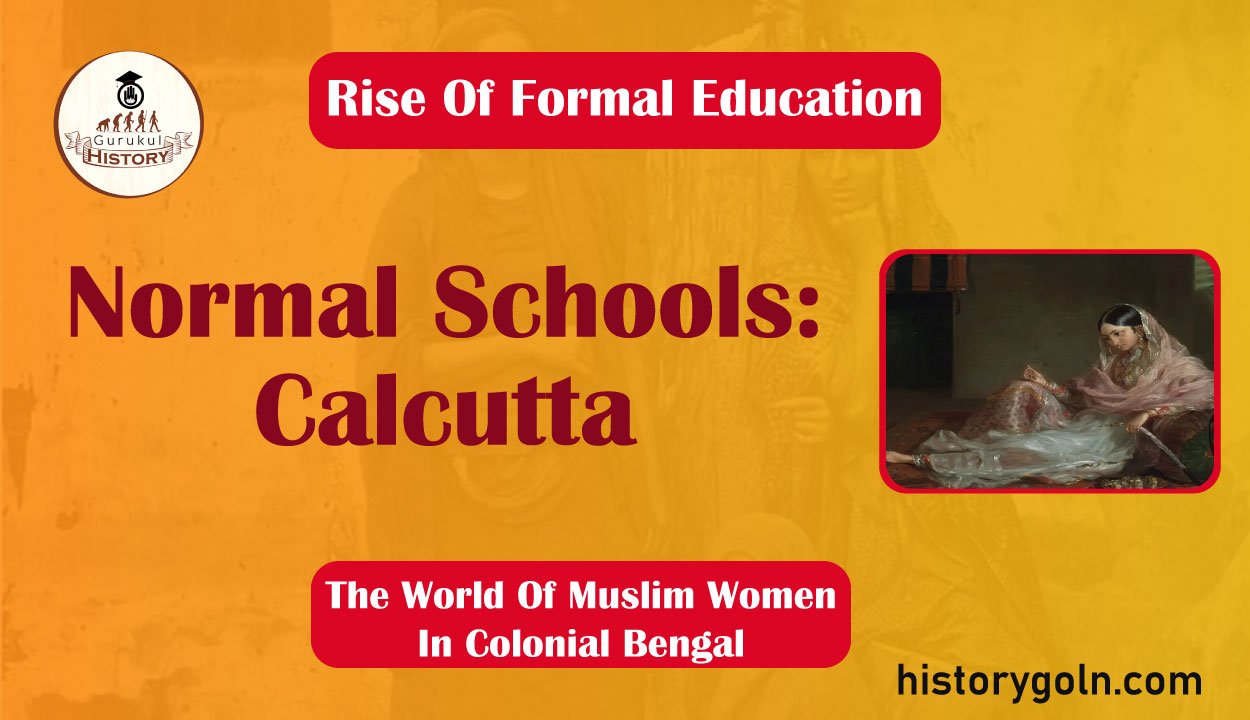Today our topic of discussion is Normal Schools: Calcutta .
Normal Schools: Calcutta

Attempts to establish female normal schools from the 1850s onwards met. with varying success. The names of two English ladies who came to Bengal in the 1860s and 1870s with the desire of promoting female education have become a part of the history of this region: Miss Mary Carpenter (who came in 1866) and Mins Annette Akroyd (1872). Miss Carpenter felt the acute need of opening a Female Normal School where women teachers could be trained.
Though the locals (such as Vidyasagar) did not think this a good-iden at the time, the government at Miss Carpenter’s request opened a Female Normal School in Calcutta in 1869.
It closed after three years. Keshub Chandra Sen also started the Native Ladies Normal School in 1871 with 13 pupils. This too closed down after a period. In 1886-87 there were 242 female students at the four normal schools in East Bengal. In 1899-1900 the number rose to 101. Still, most reformers felt the number was not adequate.
Ishwarchandra Vidyanagar, greatest of the nineteenth Century refor mers, inspired by the success of Bethune school, set up 35 girls schools in Hughli, Burdwan. Nadia and Midnapur in the years 1857-58. Though the schools eventually closed down due to lack of funds and local enthusiasm. the trend had been set. Miss Mary Carpenter and Miss Annette Akroyd were welcomed at first by Brahmo progressives who aided them.
Miss Akroyd’s school opened in 1873 and Miss Carpenter transformed it into a college in 1876. Two years later it was merged with Bethune to become the Bethune College in Calcutta. Eden Girls school was being founded in Dhaka around the same time (see below). It was also in the 1870s that a polarization was taking place among the Bhadrolok over the issue of women’s emancipation:
the issue was sharply drawn between those who viewed female education as preparatory for the domestic bliss of the enlightened housewife, and those who wanted women educated on the same basis and the same levels as men.
Bethune was affiliated to Calcutta University in 1883 so that two students Kadambini Bose and Chandramukhi Bose, could become the first female reci- pients of the B.A. degree in Bengal.
But the advances in these decades for women of other communities were not so striking. Developments, along similar lines but somewhat modified along religious planes, occurred for Muslim girls much later, in the opening decades of the twentieth century. Nonetheless, the last quarter of the previous century was not without its initiatives; a school for girls was founded in 1872 by a woman herself, Nawah Faizunnessa Chaudhurani. in Comilla.
In 1897 a Muslim Girl’s Madrasa was inaugurated at Calcutta by Lady Mckenzie, wife of the governor, at the behest of Nawab Shamsi Jahan Firdaus Mahal, of Murshidabad. Begum Firdaus Mahal had felt the acute need of a school for Muslim girls and provided funds for the building and a monthly grant of Rs.150. Nawab Ahsanullah of Dhaka also donated Rs.1000. In 1898, 46 girls enrolled at the Madrasa .
The Bamabodhini Patrika in its May 1896 issue mentioned ‘Latifannessa who had passed the final examination of Campbell Medical School in Calcutta (not to be confounded with the Medical College) that year, securing second place among 55 students thereby becoming, it would appear, the first Mus- lim woman of Bengal to become a Licentiate of the Medical Faculty (LMF). Not much is known of her save that she was a resident of Shahzadpur.

FROM ANDARMAHAL TO HIGH SCHOOL: FAIZUNNESSA’S PIONEERING WORK
While these sporadic efforts at female education were taking place, a Muslim woman came forward with a daring plan to set up a school for pardanasin girls in Comilla. This pioneer of formal education for girls in Bengal Nawab Faizunnessa Chaudhurani inhabited the post 1857 world in which Muslima had turned their back on western education.
Faizunnessa herself must have somehow come to the conclusion that there could be no hope for the comm- unity without modern education. Daughter of the prosperous Zamindar of Hommabad Inear Laksham, Comilla), she had spent a happy childhood behind strict purdah and had received a good education as her mastery over Urdu, Bengali, Sanskrit and Persian, proved.
Her love of knowledge perse- vered and in later life she spent hours secluded in her library.
At a time when acions of the Muslim Awakening. Sir Syed Ahmed Khan in North India and Abdul Lateef in Bengal, hardly gave the matter much thought, Faizunnessa realized women must be by the side of men in the path to modernity. She founded three categories of educational institutions:
1) Religious schools: She established a free madrasa at her residence in Paschimpson. In 1943 it was converted into the Higher Secondary Islamia College, and the Gazi Atia Madrana.
2) Boy’s schools: Faizunnessa established primary schools for boys in four of her mouzas. The nawab was aided by her daughter Badrunnessa in setting up the Nawab Fairuanessa and Badrunnessa High School (for Boys). At first a middle English School, it was raised to the status of a high school under Calcutta University in 1909.
3) Girl’s schools: Two primary schools for girls were founded in Comilla town by Faizunnessa. One on the bank of Nanua Dighi, the other her most abiding work in the field at Kandirpar in 1873.
The Nanua Dighi school now bears the name of some other illustrious woman and is called the Shallarani Girl’s High School. The school at Kandirpar, contrary to most historical accounts of Faizun’s work, was not originally an English High School, but a primary school which in 1908-9 must have been the “one middle vernacular school” of the region, referred to by J. Webster when he was compiling his East Bengal district gazetteers.
In 1889 when Faizun received the title of Nawab, the school was converted to a Junior High School (Class VII). It got the status of high school approxima tely in 1931, long after the nawab’s death. It functions today as Nawab Faizunnessa High School for girls.
Faizun was aided in her efforts by Kalicharan De, a noted Brahmo of Comilla. Though renowned for her philanthropic works, her single greatest achievement was the founding of the girls’ school at Kandir Par. several decades before another Muslim lady set up hers in Calcutta. It is doubtful whether any Muslim girl studied in the school till the early twentieth cen tury most of the pupils being Brahma or Hindu.
As the Women’s Awakening spread in the Muslim Community, girls star- ted attending school in greater number. Many girls who were later to become illustrious in public life were students of this school.
For instance, Syeda Jahanara Haider (1917-1988) and Mehrunnessa Islam (b. 1921) both passed out from Faizunnessa Girls’ School in 1933 and 1938 respectively. Jahanara, the daughter of Mr Ghani (a school inspector), was the first Muslim female graduate of Tipperah district, Mehrunnessa was the second. The latter’s reminiscences of the school (she was admitted to class 3 in 1929) provide a picture of the state of female education in Comilla at the time.”
Meherunnensa and Jahanara were the first few Muslims at the school. Among sharif households of Comille education outside the home was still highly disapproved of. At the time there were around 300 girls at the school mustly Hindu and Brahms.
The Muslim girls could not go on foot to the school with the ‘ayah, and had to go in a closed horse carriage and wear the burga. The school fee for class 111 was Rs, and for class VI Rs.5 a month (in those days a fine mill sari could be had for one Rupee), 22 Most of the teachers were Brahmo, lindu or Christian. The school timing was 10am to 4pm. The curriculum was secular and comprehensive,

Attending school and subsequent results of Jahanara and Mehrennussa created a stir in Comilla at the time. In this sense they were path blazer Both went on to study at Eden College at Dhaka. Later. Jahanara completed her B.A at Bethune College and Mehrennuensa at Victoria Institute in cal- cutta.
Those were the days of much greater interaction between the metro- polis and other mofussil towns: many flocked to Calcutta for education and job opportunities. In later life, Jahanara became a renowned social worker and Mehrunnessa had a full-fledged career as an educationist.
See more:
